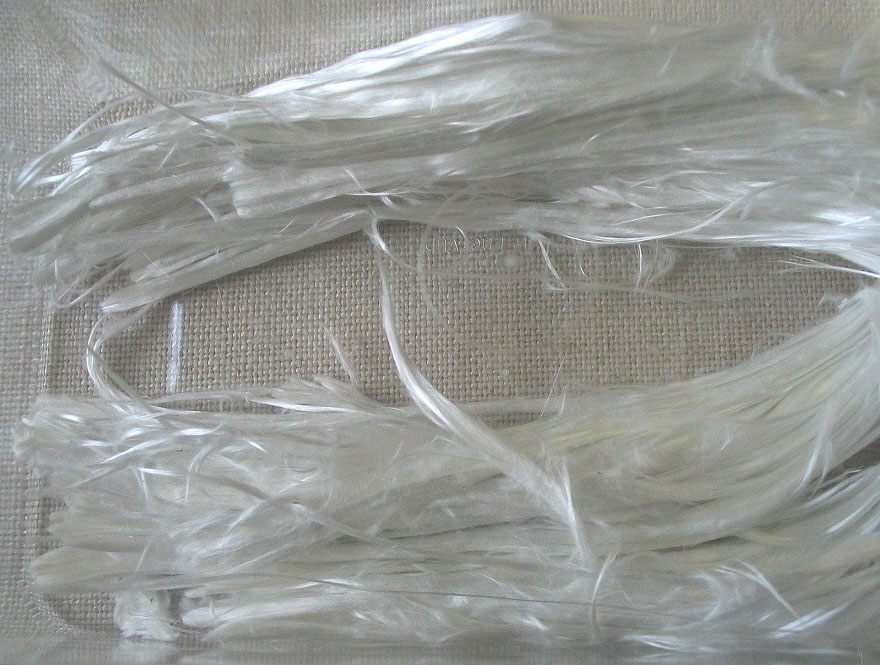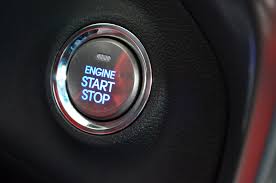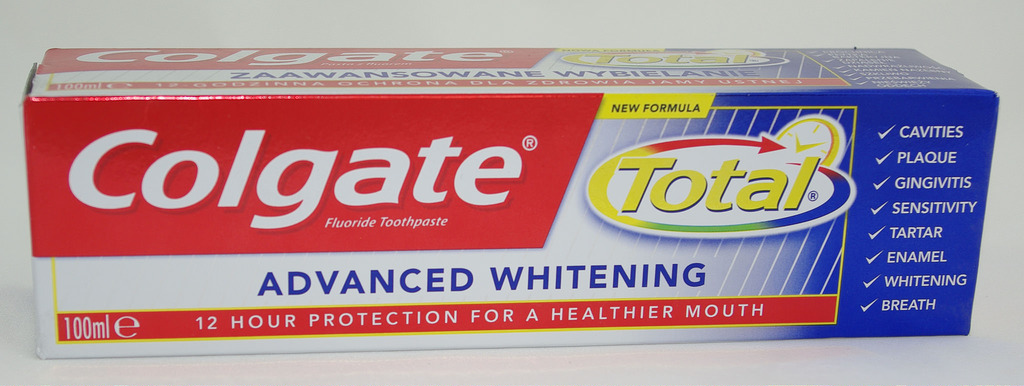The EPA considers allowing asbestos in certain products
 Asbestos is a dangerous product that was used in construction materials decades ago. After it was found that exposure to asbestos could lead to lung cancer, mesothelioma and other respiratory diseases, its usage became strictly regulated in the US.
Asbestos is a dangerous product that was used in construction materials decades ago. After it was found that exposure to asbestos could lead to lung cancer, mesothelioma and other respiratory diseases, its usage became strictly regulated in the US.
Now the Environmental Protection Agency is looking at options to use asbestos again in new uses such as “adhesives, sealants, roof and non-roof coatings; extruded sealant tape and other tape; high-grade electrical paper; millboard; pipeline wrap; reinforced plastics; roofing felt; asbestos floor tile and any other building material other than cement” according to a significant New Use Rule (SNUR) proposed by the agency.
Anyone who wishes to comment on this rule proposal can do it until August 10th.
 New York Personal Injury Attorneys Blog
New York Personal Injury Attorneys Blog






